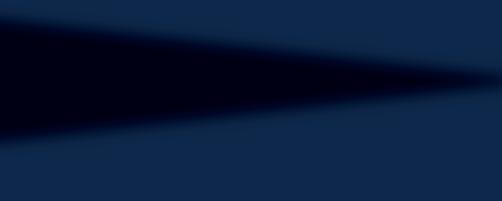
3 minute read
Hair Prejudice
A hierarchy in Black hair
Texture preference divides Black communities
Advertisement
Katrell Readus readukat000@hsestudents.org

‘Good hair’ is only one of many divisionary labels commonly given out in Black communities, particularly by older members to describe the perceived prestige of straight or loosely curled hair, speci cally when genetically altered or a ected by non-African (most commonly white or European) ancestry. e preference for loosely curled or straight hair is a learned bias that dates back to slavery, in which those with ‘good hair’ and other more preferential features were o entimes the involuntary o spring of their master, thus earning them greater privileges on the plantation and the rightful envy of others. is is in stark contrast to what is o en considered to be ‘bad’ or ‘nappy’ afro-textured hair. is hair type is o en chalked up to be unkept, dirty or unruly, an intolerant narrative that also dates back to actions common during slavery in which white women would o en haphazardly hack o the hair of their enslaved female servants because it supposedly ‘confused white men.’ is peoplepleasing and antiquated anti-Black
ideology is fueled by arbitrary constructs built upon learned historical bias and the rules of only one conventional attractiveness: the of many concept of looking in such a way that falls within the lines of the expected societal idea of good looks. ose who subscribe to this in Black ignorant ideology, one that communities, particularly by older breeds separatism of people members to describe the perceived based on elements of looks prestige of straight or loosely speci c to race, have fallen curled hair, speci cally when victim to what is referred to as racial hierarchy. Racial hierarchy non-African (most commonly is the belief that white or European) ancestry. e multiracial preference for loosely curled people are more or straight hair is a learned attractive— bias that dates back to slavery, what in which those with ‘good hair’ sociologist and other more preferential Jennifer Sims has termed the the involuntary o spring of “biracial beauty stereotype.” them greater privileges on the A study by sociologist plantation and the rightful envy Shawn Bauldry in 2016 resulted in a multitude of ndings regarding attractiveness, among these was that perceived attractiveness heightens a dirty or unruly, an intolerant person’s likelihood to achieve narrative that also dates back to social mobility and success, actions common during slavery in mirroring the way in which which white women biracial slaves were preferred would o en and better treated by their haphazardly master. Beyond that, Bauldry’s hack o the research also identi ed that hair of their attractiveness contains a racial enslaved female component, with Black people servants because it serving as the basal of the scale, supposedly ‘confused meaning that we are seen to be white men.’ the least attractive while white is people- people are considered most pleasing and alluring. However, racialized antiquated attractiveness does not operate in a strict dichotomy, with


is the belief that multiracial people are more attractive— what Jennifer Sims has termed the
“biracial beauty stereotype.” A study by sociologist Shawn Bauldry in 2016 resulted in a all Black people automatically adjudged as unattractive. Instead, it is more systematic. Studies have exhibited evidence that Black people who look more stereotypically Black, (those adorned with darker skin, naturally fuller lips and wider noses) tend to be perceived as less attractive. is same research also shows that those who look ‘more white’: exhibiting lighter skin, thin lips and straighter (less coiled or kinky) hair, are ranked at a higher level of attractiveness by comparison to others of their race. ough traits like those are not mutually exclusive to those of bi/multiracial ancestry, it is with these individuals that these attributes are most commonly associated. It is societal divisions like these that have led us, the Black community, to further divide ourselves into subsections or pieces of a whole. Hair has and could continue to serve as a tool of empowerment within the Black community, but some of us who are unable to remain unwaveringly in the wind of the hatred our hair has attracted, have been le at odds with what had been a point of pride. e terms ‘good hair’ and ‘nappy hair’ in reference to texture are a testament to that.










